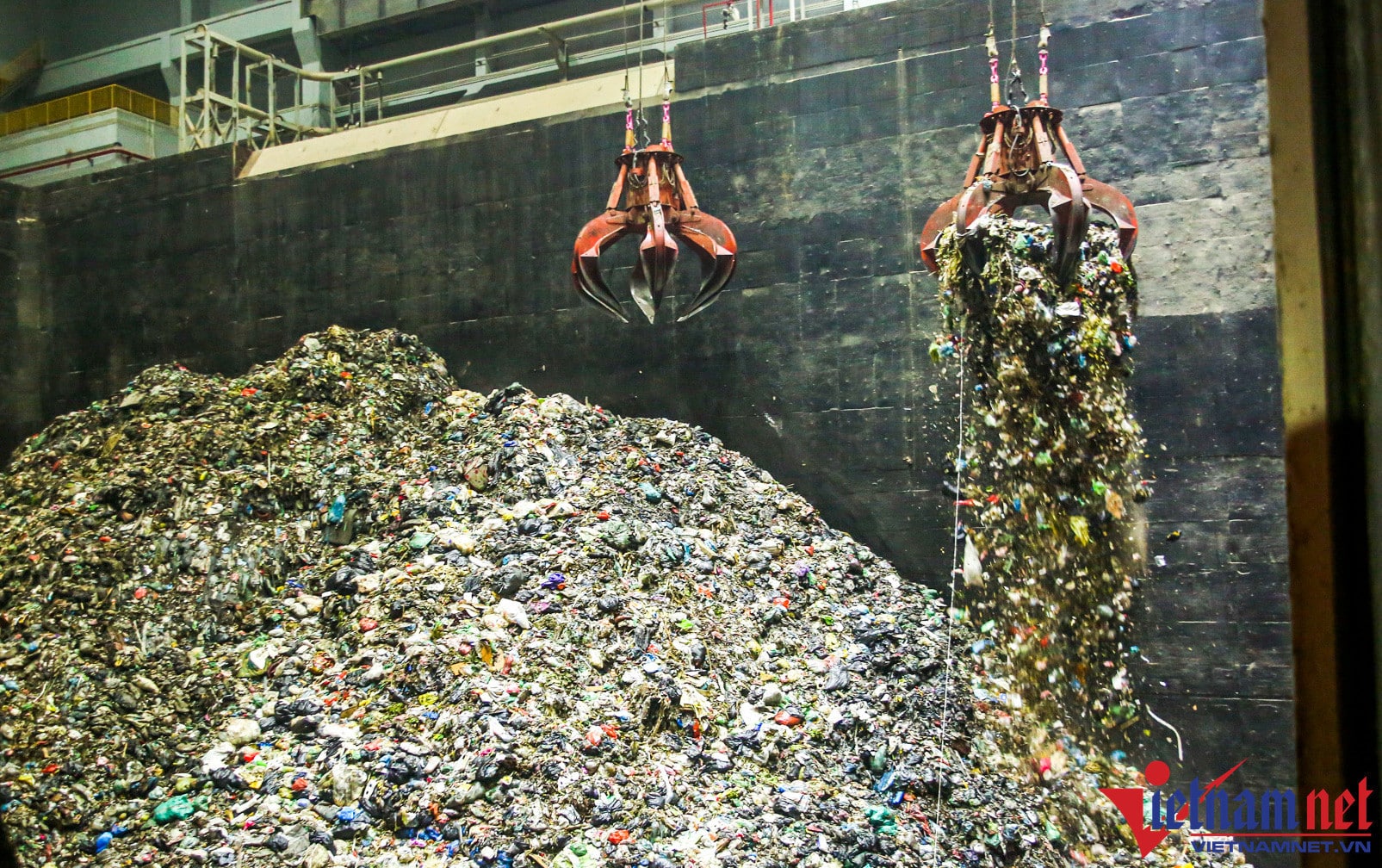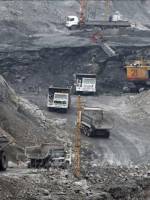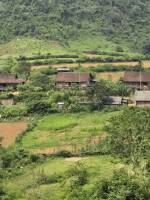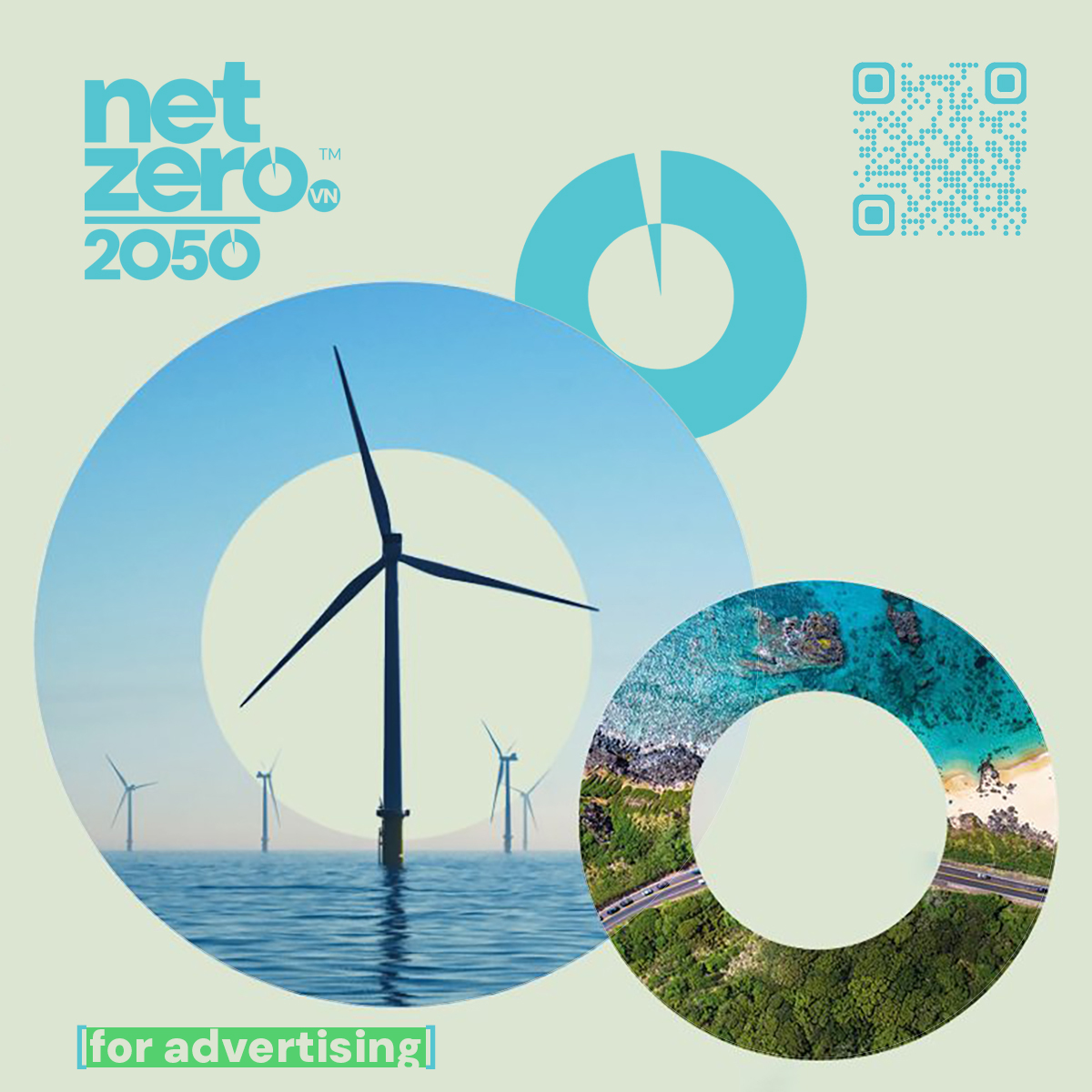
Several circular business models grounded in science and technology are beginning to take shape, contributing to rapid and sustainable economic development.
A pressing global shift
Humanity faces an urgent need to find a more efficient and sustainable economic model that uses natural resources wisely, reduces pollution and environmental degradation, and combats global climate change.
According to a United Nations report released on February 28, 2024, the world generated 2.3 billion tons of urban waste in 2023, a figure projected to rise by over 60% by 2050. The consequences for the environment, public health, and the economy are severe.
The UN Environment Programme (UNEP) has warned that if countries continue to pursue linear growth, the global waste load will soon exceed the Earth’s ecological limits. Natural resource consumption could triple compared to current levels, outpacing the planet’s supply capacity.
Vietnam ranks among the top 20 countries for waste generation. According to the Ministry of Natural Resources and Environment, urban areas currently produce about 38,000 tons of household waste daily, while rural regions contribute another 32,000 tons. Solid waste in cities is growing at 10–16% annually. The industrial sector discharges approximately 25 million tons of solid waste each year, with 8.1 million tons from industrial zones alone.
The Ministry of Industry and Trade projects that by 2025, Vietnam will accumulate 248 million tons of ash and slag from 29 operating coal-fired power plants, a number that could increase to 422 million tons by 2030 – requiring vast areas for landfill.
Other large-scale waste sources include livestock farming, animal slaughter, post-harvest agricultural waste, and hospital waste.
The promise of a circular model
A circular economy aims to use resources efficiently and sustainably by recycling waste to protect the environment and create economic value. This model is being embraced globally as a key to green and sustainable growth, powered by digital technologies, data analytics, material science, and artificial intelligence.
Vietnam’s Party and government have issued numerous policies supporting circular economy development alongside environmental protection. Resolution No. 55-NQ/TW (February 11, 2020) on the national energy strategy through 2030 prioritizes renewable energy and encourages waste-to-energy initiatives.
The 2020 Law on Environmental Protection formally recognized circular economy practices. The 13th Party Congress resolution calls for building a green, environmentally friendly circular economy and outlines a roadmap and legal framework to develop such a model.
On June 7, 2022, the Prime Minister approved Decision No. 687/QD-TTg on developing a circular economy in Vietnam. The plan aims to reduce greenhouse gas emissions by at least 15% by 2030 and reach net-zero emissions by 2050.
Practical applications and business models
Vietnam’s first steps toward a circular economy began in July 2007 with the Japan International Cooperation Agency (JICA)-funded 3R-HN pilot project, which introduced waste separation at source in Hanoi’s Phan Chu Trinh Ward.
Over the past decade, many Vietnamese businesses have embraced the circular model, particularly in waste-to-energy projects and the production of construction materials from coal ash.
Vietnam currently has around 20 waste-to-energy projects, including the Nam Son Waste-to-Energy Plant in Hanoi, a joint venture between Thien Y Energy and a South Korean partner. Built on 17.5 hectares with an investment of 7,000 billion VND (approx. 275 million USD), it is the largest facility of its kind in Vietnam and the second-largest globally.
With three of its five incinerators in operation, the plant processes about 3,000 tons of waste daily. At full capacity, it can handle up to 5,000 tons. It feeds 90 MW into the national power grid and is expected to become a model for carbon credit trading under the Paris Agreement and bilateral frameworks between South Korea and Vietnam.
According to Nguyen Tuan Viet, a green project consultant at Will-Will Vietnam, such facilities must meet strict environmental standards and apply effective pollution control to minimize emissions and fly ash release.
Vietnam’s coal-fired plants consume 30 million tons of coal annually, producing 10 million tons of ash and slag. Converting this waste into building materials offers both environmental and economic benefits. For example, Thanh Tuyen Construction Co., Ltd. has invested in a static press technology line to produce unbaked bricks from the ash of the Dong Trieu power plant.
Since early 2017, the factory has produced over 60 million bricks per year, helping save over 200,000 cubic meters of clay and tens of thousands of tons of coal. Dong Trieu now hosts three non-baked brick facilities with a combined annual output of over 100 million bricks, turning a pollution risk into a “multi-million-dollar opportunity.”
Barriers to progress
Despite these advances, experts note that legal frameworks and infrastructure for the circular economy remain underdeveloped. For instance, Vietnam lacks national standards for using fly ash and bottom ash from coal-fired plants. While power plants accumulate excess ash, brick manufacturers struggle with stable supply chains.
Many waste-to-energy projects have also faced delays. In Ho Chi Minh City, three waste-to-energy plants in Cu Chi – each with a daily capacity of 1,000 tons and 50 MW – began construction in late 2019 but remain incomplete. Similar delays have hit projects in Phu Tho and Binh Thuan due to coordination and investment challenges.
Waste collection, transport, and processing in cities also suffer from procedural, funding, and staffing issues, complicating raw material supply for waste-to-energy plants. Funding for modern technology remains a significant obstacle.
Comprehensive change is required, from shifting mindsets to revising strategies and economic structures. A circular economy needs scientifically designed, interconnected systems to keep materials in use longer and restore them after each life cycle stage.
It is crucial to eliminate sectoral interests that could hinder green energy development and waste valuable national resources.
Toward an enabling environment
Dr. Nguyen Song Tung, Director of the Institute of Human Geography at the Vietnam Academy of Social Sciences, emphasized the urgent need to address resource depletion, environmental pollution, and climate change. He advocated for a competitive electricity market to facilitate renewable energy integration.
Direct power purchase agreements using the national grid must account for transmission and operational costs while prioritizing the connection of waste-to-energy plants to end landfill dependency and reduce greenhouse gas emissions.
Researchers at the Institute of Human Geography have proposed several recommendations: harmonizing legal regulations, integrating circular economy goals into business roadmaps, attracting investment, and developing a skilled workforce. Creating favorable conditions for businesses using coal ash to manufacture non-baked bricks will also support both environmental and economic goals.
PV




